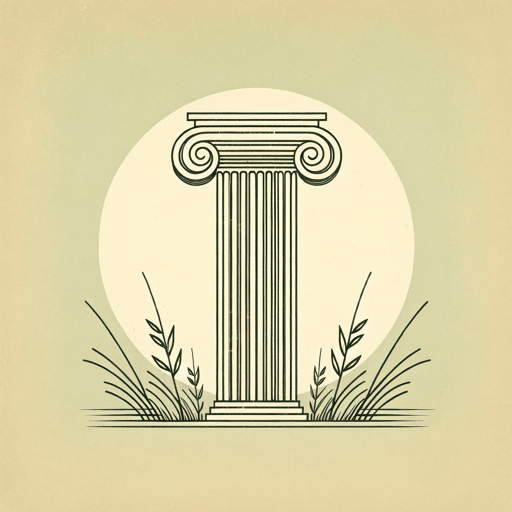110 pages • 3 hours read
Jay HeinrichsThank You for Arguing: What Aristotle, Lincoln, and Homer Simpson Can Teach Us About the Art of Persuasion
Nonfiction | Book | Adult | Published in 2007A modern alternative to SparkNotes and CliffsNotes, SuperSummary offers high-quality Study Guides with detailed chapter summaries and analysis of major themes, characters, and more. For select classroom titles, we also provide Teaching Guides with discussion and quiz questions to prompt student engagement.
Exam Questions
Multiple Choice and Long Answer questions create ideal opportunities for whole-book review, unit exam, or summative assessments.
Multiple Choice
1. What rhetorical tool did St. Augustine use in his sermons to successfully convert hundreds of pagans to Christianity?
A) Logic
B) Tropes
C) Emotion
D) Poetry
2. Which of the following best describes the ethos tool of “decorum”?
A) A persuader is as polite as possible, using deference to make their point.
B) A persuader’s appearance, tone, and manners match the audience’s expectations.
C) A persuader adorns or “decorates” their speech with persuasive facts about a given topic.
D) A persuader relies upon the receiver of the argument having good taste.
3. In what way is dubitation (“doubt”) important in creating ethos in a persuasive argument?
A) It strips the listener of any dubitation in themselves, thus allowing them to believe fully in the persuader.
B) It makes the persuader avoid seeming manipulative to the listener.
C) It causes the listener to doubt that any other arguments could possibly be true.
D) It makes the listener feel doubt within themselves; they need someone like the persuader to come and explain to them what they should believe.
4. Why is the passive voice—a rhetorical strategy related to pathos—not typically as effective in the face of rage?
A) Rage tends to engage System One of the brain (autopilot), which makes the listener immune to rhetorical persuasion tactics.

